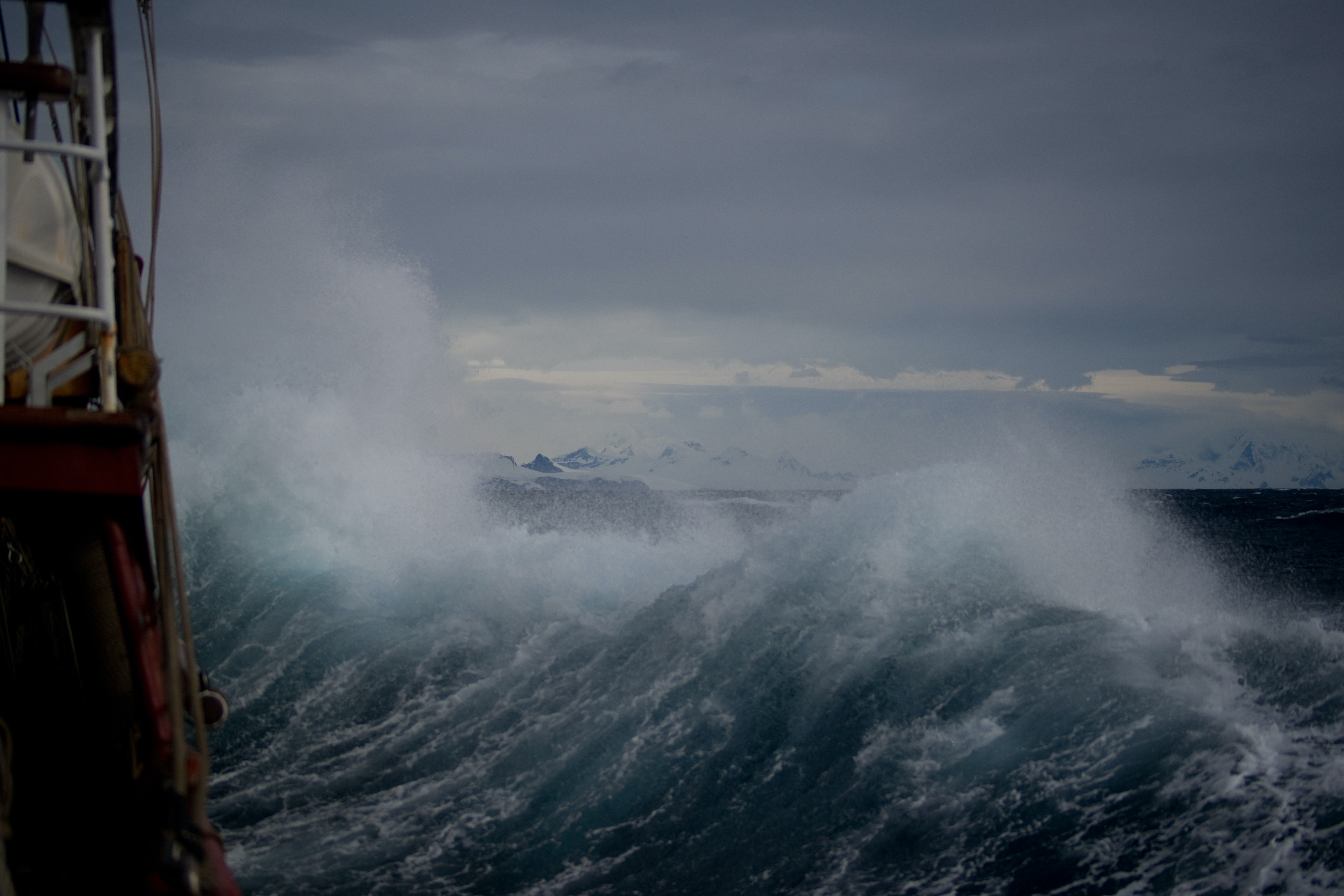
A Guide on Named Storms
It’s important to be both prepared for named storms and educated on what they mean. We have prepared a guide that takes a deeper look into tropical storms, depressions, and hurricanes, looking at how they are categorized by weather professionals.
---------------
Why Do We Name Tropical Storms and Depressions?
The short answer is to prevent confusion and streamline communication. The longer answer requires a look back in history. Before 1950, storms were identified by year and in the order they occurred. As time went on and storms become more common, it made sense to give each storm a short, easily remembered name. This avoided confusion when multiple storms occurred within a short period of time.
By 1953, storms were given only female names and by 1978, both female and male names were used. Interestingly enough, there are strict procedures from the World Meteorological Organization when naming a tropical storm. Only the storms that cause mass destruction and ruin will have retired names, not to be used again.
For a list of upcoming storm names, you can visit the National Weather Service.
---------------
Tropical Depression vs. Tropical Storm vs. Hurricane
- Tropical Depression – a tropical cyclone that has maximum sustained winds of 38 mph or less.
- Tropical Storm – a tropical cyclone that has maximum sustained winds ranging from 39-73 mph.
- Hurricane - a tropical cyclone that has maximum sustained winds of 74 mph or greater.
Other Important Tropical Definitions
- Tropical Cyclone – a low pressure system that forms over tropical or sub-tropical areas. It has an organized wind circulation with a defined center.
- Tropical Wave – a cyclonic curve moving east to west that can form into a tropical cyclone.
- Tropical Disturbance – an organized convection forming in a tropic or sub-tropic area, with a non-frontal migratory character. It must be maintained for 24 hours before being recognized.
- Tropical Storm Watch – when a tropical storm with winds from 39-73 mph is a possible threat.
- Tropical Storm Warning – when a tropical storm with winds from 39-73 mph is expected within 36 hours or less.
- Hurricane Watch – when a tropical storm with winds of 74 mph or higher is a possible threat. The watch is usually issued 48 hours in advance to help residents prepare accordingly. Once the storm winds hit land, it is much more difficult to complete the necessary preparation.
- Hurricane Warning – when a tropical storm with winds of 74 mph or higher is expected. The warning is usually issued 36 hours in advance for the reasons stated above.
- Eye Wall – a band of cumulonimbus clouds around the center of the cyclone.
- Storm Surge – an abnormal rise in sea level resulting from a tropical cyclone.
- Storm Tide – a raised water level from the storm surge and astronomical tide.
The Five Hurricane Categories
Category 1 Hurricane – winds range from 74- 95 mph. Debris could hurt those exposed. Protected glass windows usually won’t sustain major damage, making it important to remain inside. Snapped power lines could result in power outages, but probably wouldn’t last too long.
Overall, dangerous winds are probable and could produce some damage.
Category 2 Hurricane – winds range from 86- 110 mph. This category increases the risk of injury from debris. Homes may see roof and siding damage. Trees can be uprooted. There will likely be a near total power loss that could last days or weeks.
Overall, there will be very dangerous winds that can cause extensive damage.
Category 3 Hurricane – winds range from 111- 129 mph. There is a high risk of injury from debris. Homes may see significant damage. Many trees will be uprooted and block roads. There will likely be a near total power loss that could last for weeks after the storm.
Overall, devastating damage can occur.
Category 4 Hurricane – winds range from 130- 156 mph. There is a very high risk of injury from falling debris if exposed. Homes may see significant damage and may even totally collapse. High-rise buildings could have their windows blown out from the winds. Most trees will be uprooted and block roads. There will likely be a near total power loss that could last for weeks or even months after the storm.
Overall, catastrophic damage can occur.
Category 5 Hurricane – winds are 157 mph or higher. There is a very high risk of injury from falling debris if exposed or even indoors. Homes may see severe damage. Metal buildings could completely collapse. High-rise buildings could have their windows blown out from the winds. Most trees will be uprooted and block roads. The hurricane could ruin a majority of power poles. There will likely be a near total power loss that could last for weeks or even months after the storm.
Overall, catastrophic damage can occur. Keep in mind only three, category 5 hurricanes have made landfall since 1924.
